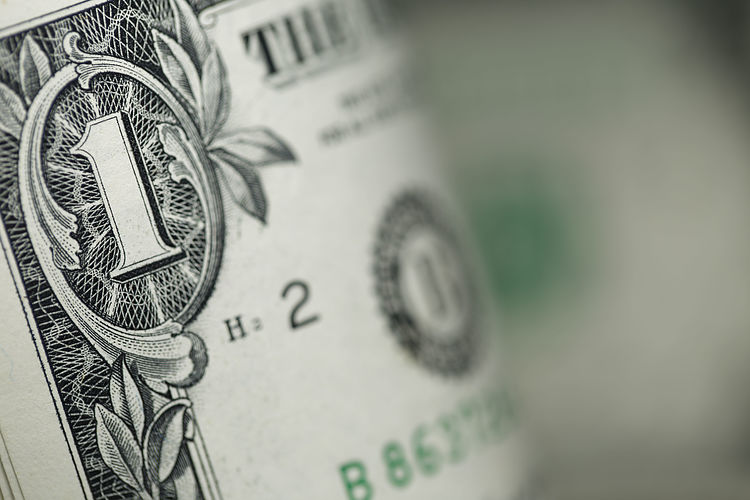- The market has priced out any more jumbo cuts and now expects 25 bps cuts in both November and December.
- FOMC Minutes showed no additional guidance, Fed members remain data-dependent.
- Markets will eye CPI readings on Thursday.
TheUS Dollar Index (DXY), which measures the value of the USD against a basket of six currencies, is gaining against almost all of its competitors as markets assess the Federal Open Market Committee’s (FOMC) September Meeting Minutes. The Minutes showed that Fed members agreed not to lock themselves into an aggressive easing path.
Despite signs of moderation in the US economy, pockets of resilience remain. This mixed outlook has prompted the Federal Reserve (Fed) to adopt a data-driven approach in determining the pace of its monetary policy, which was confirmed by the release of the September Minutes.
Daily digest market movers: DXY up after FOMC Minutes, but CPI will be key
- Market has adjusted expectations for Fed easing with jumbo cuts priced out and 25 bps cuts expected in both November and December.
- Despite strong economic data, markets still price in 125 bps of easing over the next 12 months, indicating that further adjustment is needed.
- Economic momentum remains strong with little expected slowdown into 2025.
- Markets are gearing up for Thursday’s inflation readings from the Consumer Price Index (CPI) for September.
- Moreover, September FOMC Minutes showed no additional insights and confirmed that the Fed will take a gradual approach regarding the pace of easing.
- In that sense, the USD will remain sensible to economic reports and CPI readings.
DXY technical outlook: Momentum surges as bulls take the reins
The Relative Strength Index (RSI) and Moving Average Convergence Divergence (MACD) indicators both signal strong bullish momentum, suggesting the potential for further upside. While the short-term outlook has improved, the broader trend remains bearish due to the prevailing red signals.
Key support levels are identified at 102.30, 102.00 and 101.80, while significant resistance levels are seen at 103.00, 103.50 and 104.00.
US Dollar FAQs
The US Dollar (USD) is the official currency of the United States of America, and the ‘de facto’ currency of a significant number of other countries where it is found in circulation alongside local notes. It is the most heavily traded currency in the world, accounting for over 88% of all global foreign exchange turnover, or an average of $6.6 trillion in transactions per day, according to data from 2022. Following the second world war, the USD took over from the British Pound as the world’s reserve currency. For most of its history, the US Dollar was backed by Gold, until the Bretton Woods Agreement in 1971 when the Gold Standard went away.
The most important single factor impacting on the value of the US Dollar is monetary policy, which is shaped by the Federal Reserve (Fed). The Fed has two mandates: to achieve price stability (control inflation) and foster full employment. Its primary tool to achieve these two goals is by adjusting interest rates. When prices are rising too quickly and inflation is above the Fed’s 2% target, the Fed will raise rates, which helps the USD value. When inflation falls below 2% or the Unemployment Rate is too high, the Fed may lower interest rates, which weighs on the Greenback.
In extreme situations, the Federal Reserve can also print more Dollars and enact quantitative easing (QE). QE is the process by which the Fed substantially increases the flow of credit in a stuck financial system. It is a non-standard policy measure used when credit has dried up because banks will not lend to each other (out of the fear of counterparty default). It is a last resort when simply lowering interest rates is unlikely to achieve the necessary result. It was the Fed’s weapon of choice to combat the credit crunch that occurred during the Great Financial Crisis in 2008. It involves the Fed printing more Dollars and using them to buy US government bonds predominantly from financial institutions. QE usually leads to a weaker US Dollar.
Quantitative tightening (QT) is the reverse process whereby the Federal Reserve stops buying bonds from financial institutions and does not reinvest the principal from the bonds it holds maturing in new purchases. It is usually positive for the US Dollar.
Read the full article here

